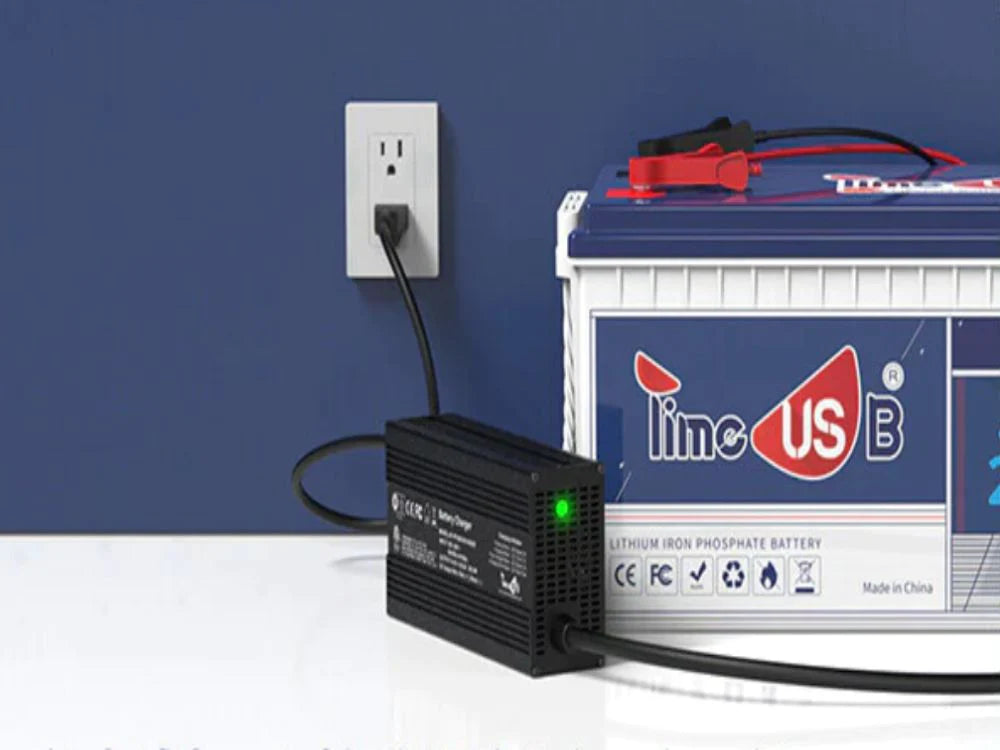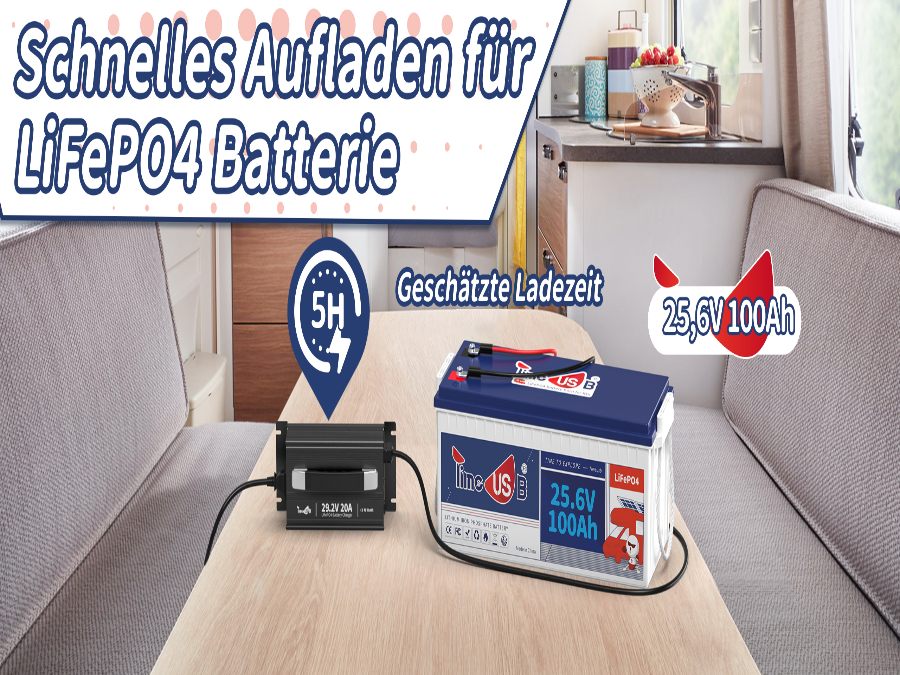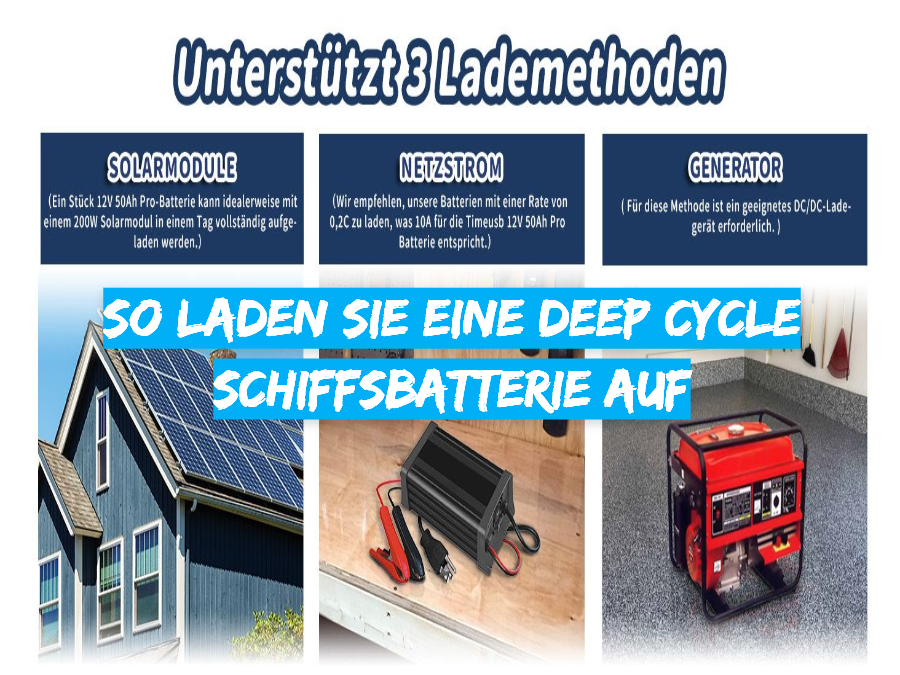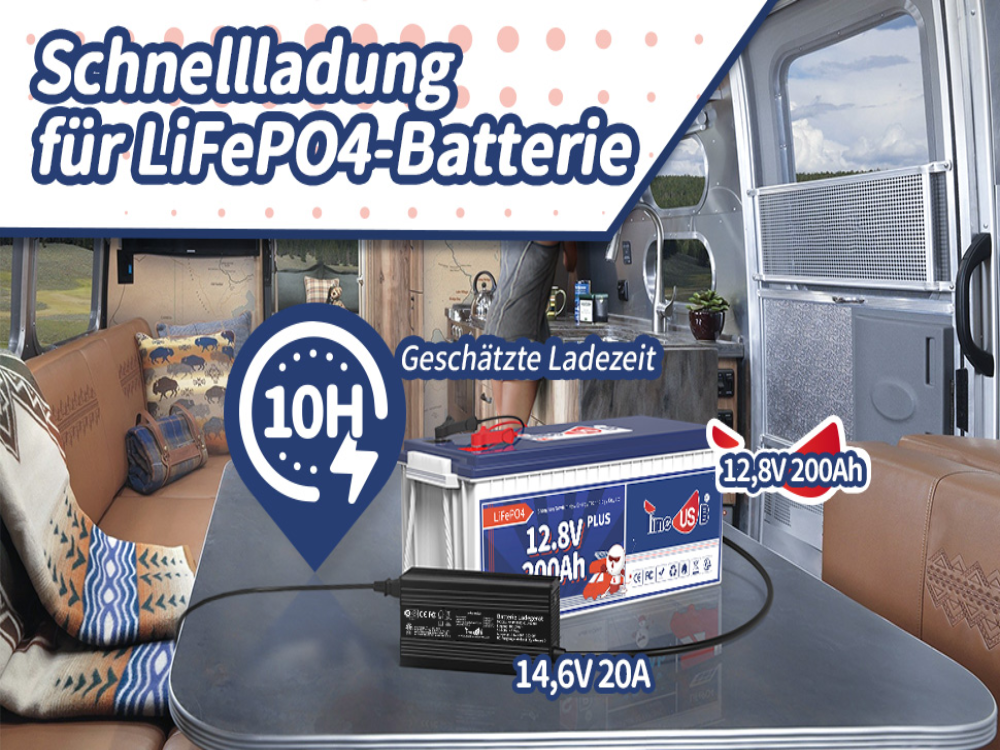6 Mistakes to Avoid When Charging Lithium Batteries for Boats and RVs

When it comes to charging lithium batteries for boats and RVs, avoiding errors is critical to ensuring their longevity and performance. These batteries are highly efficient and provide reliable power for your boating and RV needs. However, there are certain mistakes that should be avoided to optimize their performance. In this article, we'll discuss the most common mistakes to avoid when charging lithium batteries for boats and RVs. Check out the Timeusb LiFePO4 battery to get your best value LiFePO4 lithium batteries!
Error 1. Deep discharge of the lithium batteries
One of the most critical mistakes to avoid is excessive battery discharge. Lithium batteries should never be discharged below their recommended voltage limit. This can cause irreversible damage and significantly shorten their lifespan. To address this problem, most lithium-ion batteries have built-in protection features that maintain specific voltages. For example, they are designed to stop discharging once they reach a voltage of around 2.5 volts. At this point, the battery will no longer provide power to the device it is connected to. It appears that the battery is completely discharged, but there is still a small amount of capacity remaining.
Fortunately, modern lithium-ion battery systems have a battery management system (BMS) to prevent overcharging and deep discharging. These systems monitor the battery's voltage and automatically shut off the load if it reaches dangerously low levels. In addition, they have circuits that prevent overheating during operation or charging.

Error 2. Overcharging of LiFePO4 batteries
Overcharging is another mistake that can harm the health of the battery. Lithium batteries are sensitive to overcharging, which can cause the battery to overheat and even fail. To avoid overcharging, it is important to use a charger specifically designed for lithium batteries as they have built-in overcharging protection mechanisms.

Error 3. Using the wrong charger
Using the wrong charger is a common mistake that can have serious consequences. Each lithium battery has specific charging requirements, including voltage and current. Using a charger that does not meet these requirements may result in improper charging and possible battery damage. Always check the manufacturer's recommendations and use a charger that is compatible with your boat or RV lithium battery. If you are unsure, see the format below.

Error 4. Neglecting temperature limits
The performance and lifespan of lithium batteries are significantly influenced by temperature. Charging under extreme conditions may result in damage and reduced capacity. It is important to maintain the temperature range recommended by the manufacturer when charging. For optimal performance and longevity, it is necessary to avoid very hot or cold temperatures.
While LiFePO4 batteries are less affected by temperature compared to lead-acid batteries, extreme heat or cold can still have negative effects on them. High temperatures can cause a dangerous thermal runaway reaction in lithium-ion batteries. This happens when the battery's internal heat exceeds its ability to dissipate heat, resulting in fires or explosions. Therefore, it is important to charge lithium-ion batteries in a suitable environment to ensure safety and extend their lifespan.
In addition, exposing lithium-ion batteries, including LiFePO4 batteries, to extremely low temperatures should be avoided. Cold temperatures can affect battery performance and potentially cause permanent damage if handled improperly. Charging at low temperatures reduces efficiency and can slow charging speed and overall capacity. In severe cases, such as temperatures below freezing, the battery's electrolyte may freeze, causing irreversible damage to the battery's internal structure.
To avoid these problems, it is recommended to charge lithium-ion batteries within the temperature range specified by the manufacturer. Typically for most LiFePO4 batteries this range is between 0°C and 45°C (32°F to 113°F). Charging outside this range may result in reduced performance and potentially shorten battery life. In regions with cold winters, it is advisable to use batteries with cold protection. Here we recommend the Timeusb 12V 140Ah LiFePO4 battery.
Error 5. Incorrect storage before loading
Improper storage of lithium batteries can also cause irreversible damage. Storage in high temperature environments may increase the possibility of self-discharge and reduce the overall capacity of the battery. It is recommended to store lithium batteries in a cool, dry place, away from direct sunlight and extreme temperatures.
Learn more about how to properly store your LiFePO4 battery.

Error 6. Neglect safety precautions
Safety should be your top priority when charging lithium batteries for boats and RVs. Never leave batteries unattended while charging, especially overnight. Always follow the manufacturer's instructions and use safety features such as battery management systems or chargers with built-in safety measures. This will help you avoid accidents and ensure a long and safe service life for your batteries.
Conclusion
In summary, when charging lithium batteries for boats and RVs, it is important to avoid common mistakes to ensure their longevity and optimal performance. This includes not over-discharging or overcharging batteries, using the wrong charger, ignoring temperature limits, using incorrect storage methods and neglecting safety precautions. By following these guidelines and following manufacturer recommendations, you can maximize the life and reliability of your boat and RV lithium batteries, ensuring smooth, uninterrupted power for your outdoor adventures.




